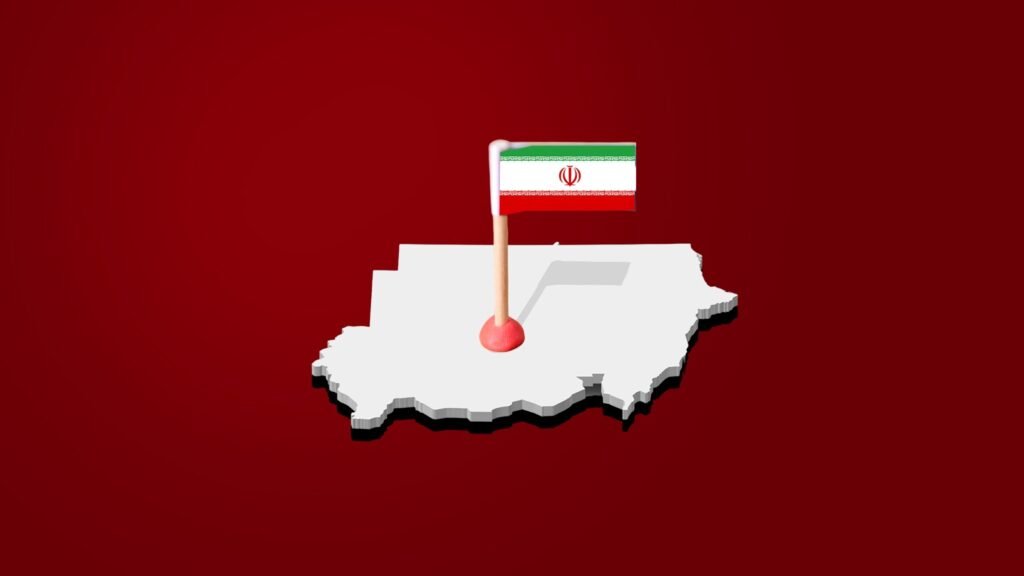What’s happening:
Iran’s involvement in Sudan is growing, marked by a recent ‘Fars Air Qeshm’ Boeing 747 freighter flight from Bandar Abbas, Iran, to Port Sudan. This airline is known for military logistics and arms shipments.
Why it matters:
This flight suggests Iran is significantly increasing its support for the Sudanese Armed Forces (SAF) in their ongoing conflict with the Rapid Support Forces (RSF). Such external backing has the potential to intensify and complicate the conflict, possibly leading to more violence and instability in the region.
Context:
The Red Sea is not just a crucial maritime route for global trade but also a region of significant geopolitical interest. Iran’s actions indicate a strategic move to establish a foothold in this critical area. This development is particularly worrying for neighboring countries and the international community, as it could lead to increased instability in an already volatile region.
The involvement of external powers like Iran in Sudan’s conflict raises serious concerns. Iran’s support for the SAF could escalate the conflict, leading to greater regional instability. The security of the Red Sea is vital for international trade, and any disruptions could have far-reaching economic implications. Moreover, Iran’s growing influence in the region may provoke reactions from other regional powers, further complicating the situation.
Background: Military cooperation between Sudan and Iran resumed after relations were restored in October 2023, following a seven-year estrangement. Iran has supplied the Sudanese army with advanced drones, including the “Muhajer 6” models capable of surveillance and carrying explosives. These drones have been reported in use against RSF targets in multiple regions.
The big picture:
The Saudi-Iran agreement, mediated by China, allowed Khartoum to renew ties with Tehran without embarrassment. This follows Sudan’s decision to sever relations with Iran after the storming of the Saudi embassy in Tehran in January 2016.
Pro-army sources report increased drone use against RSF targets in Khartoum, Al-Jazeera State, West Kordofan, and Darfur. The new drones are described as highly advanced and accurate, inflicting heavy losses on the RSF. This has enabled the SAF to make progress in Khartoum and prevent RSF expansion in West Kordofan, Sennar, and Gedaref.
What they’re saying:
Observers and military experts believe Iran’s involvement will heighten concerns among Gulf states and the US. Iran’s aim to establish influence in the Red Sea and the Horn of Africa is seen as a strategic move that could destabilize the region further. Reports indicate that Sudan has been using a mix of drones from China, Turkey, and Iran, along with various Russian fighters, in its military operations.
The dispute:
The year-long conflict between the Sudanese Armed Forces (SAF) and the Rapid Support Forces (RSF) has escalated significantly in recent months. The RSF, a powerful paramilitary group, has been challenging the SAF’s authority, leading to intense clashes and a high death toll. The addition of Iranian support is likely to shift the balance of power, raising concerns about prolonged violence and instability, and perhaps the formation of proxy militias—an Iranian brand of fomenting instability throughout the region, with models having a foothold in Syria, Iraq, Yemen and Lebanon.
Looking ahead:
The international community will need to monitor these developments closely to mitigate the risks of further destabilization in the Red Sea region. Iran’s growing influence and military support for the SAF could provoke strong reactions from other regional powers, adding complexity to the situation. The use of advanced drones and the presence of Iranian military technology in Sudan signal a deepening military cooperation that could have significant geopolitical ramifications. The potential for increased conflict and disruption in the Red Sea is a critical issue that warrants attention and action from global stakeholders.


